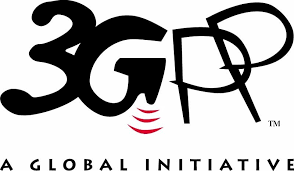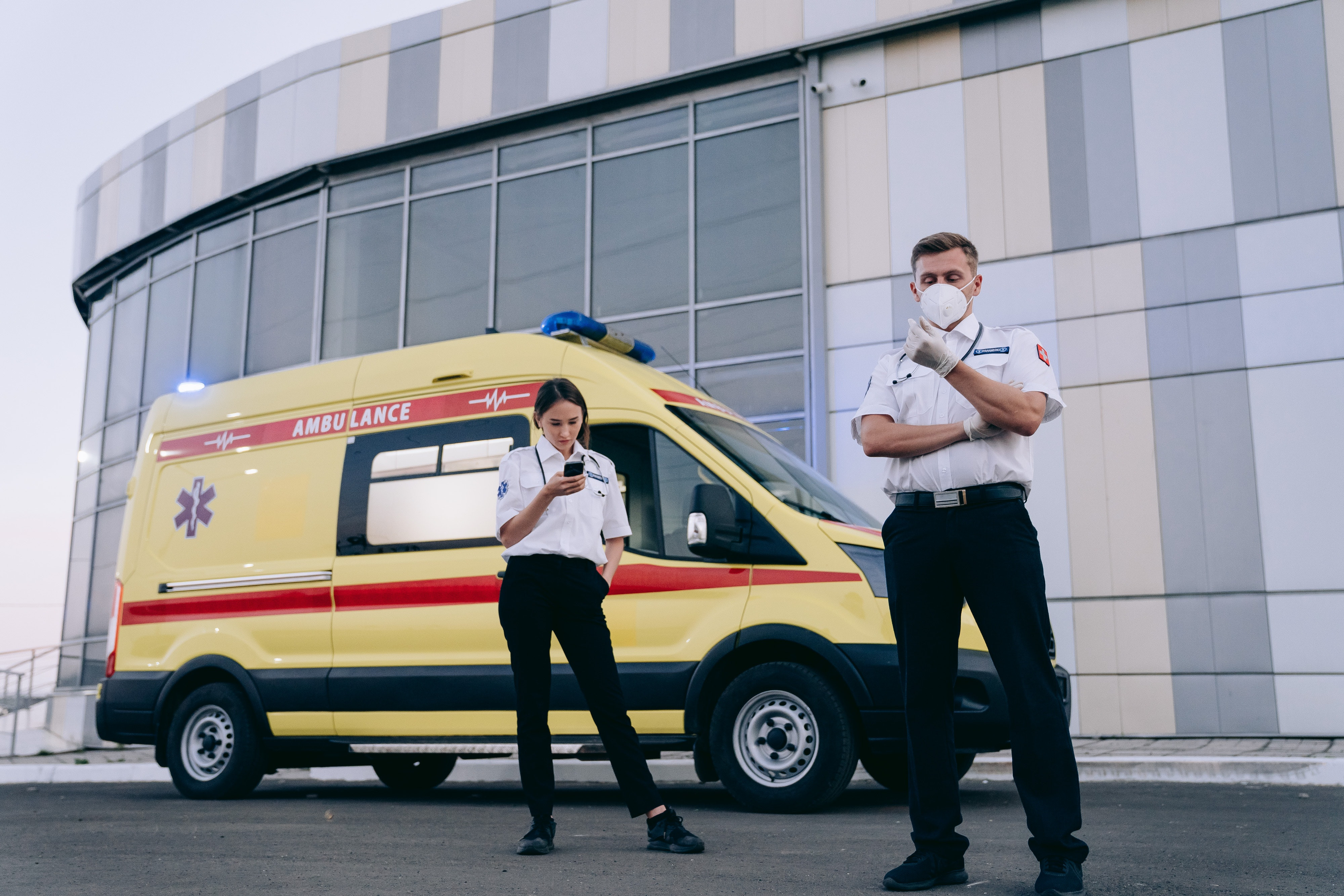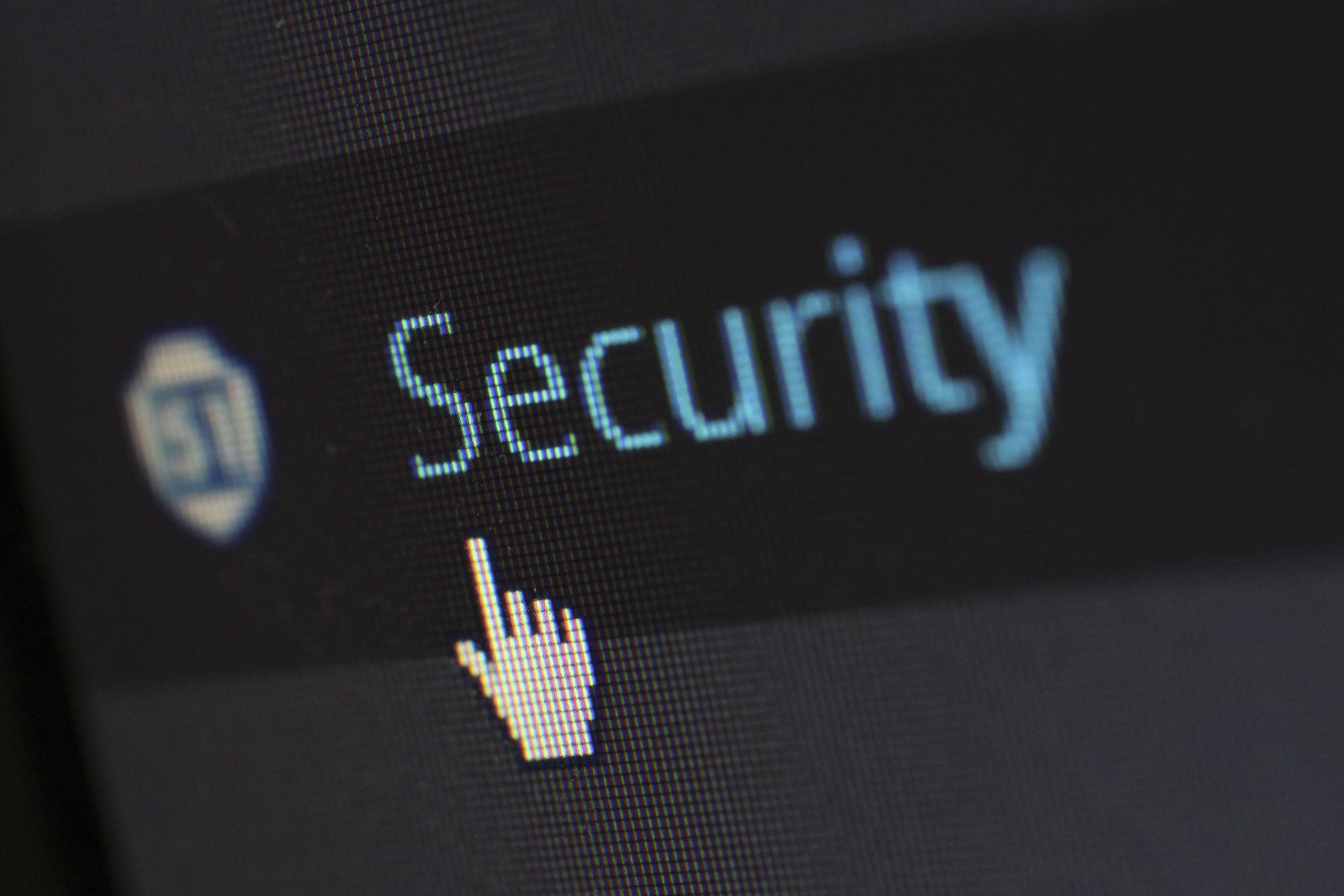Request a
Quote
“The integration of LMR (Land Mobile Radio) and LTE (Long Term Evolution) systems offers Enhanced Coverage and Interoperability for Public Safety Dispatch Communications. It is a game changer!”
This is according to Mr. Jim Holthaus, recognized as a subject matter expert in public safety communication technology used or considered for the future by State, Local and Federal government agencies. Mr. Holthaus is the former CTO of BK Technologies and has held many leadership positions in the TIA-TR8 P25 standards development subcommittee. He agreed to be interviewed for this blog article.
“Enhanced Coverage” means maintaining radio communications when coverage with the traditional radio system is lost. The user’s radio automatically switches over to a Wi-Fi, LTE or other Cellular network to maintain connection.
This eliminates the “coverage dead spots” common in many traditional systems and a long-time concern of PSAPs (Public-Safety Access Point). Dispatchers can lose communication with first responders located in a “dead spot.”
“Enhanced Interoperability” means connecting responders across disparate systems i.e., LMR system users on 2-way radios talking to LTE system users on cellular devices. This “interworking” is created by connecting the two systems through a network gateway or designing devices to operate on both networks. Interworking with a cellular network can extend the range of a 2-way radiobeyond the service area of the LMR system.
“Broadband capabilities offer many other advantages as well, “says Mr. Holthaus. “An agency can reprogram radios, install a new encryption key or upgrade firmware to the latest version without bringing the radio in from the field. They can also download text, data and video from the Subscriber Unit to a server-based repository.”
Cellular Devices to Replace 2-way Radios?
Does this mean cellular devices and networks will replace traditional LMR systems? “Not in the near future,” states Mr. Holthaus.
“There is a critical Public Safety mission requirement to operate ‘off the network,’ by that I mean direct device-to-device communication. A cellular devicewhich is limited to 0.125 Watts output power by FCC regulation, while a portable radio may transmit at 5 or 6 watts and a mobile radio in a vehicle may transmit at 25-50 or even 100 Watts. More power means more coverage, range and penetration through or around obstacles.”
Mr Holthaus states “The off-network capability of cellular devices will never be accepted by Public Safety for peer-to-peer, direct communications due to the limited range.”
When asked about other potential downsides to this new emerging technology Mr. Holthaus said “The greatest concern right now remains interoperability among the various solutions available. It will also be important to make sure devices are not too complicated for users in the field and to notify users when they have roamed from one system to another.”
LMR & LTE Technology Co-exists Now
LMR (Land Mobile Radios) refer to traditional hand-held or mobile 2-way radios. LTE (Long Term Evolution) is associated with 4G and 5G wireless communications used on public and private cellular networks. LTE standards are developed by the 3rd Generation Partnership Project (3GPP).
The rollout of 3GPP LTE services is in progress and is expected to continue to progress in the coming years. There will likely be an extended period of time where both technologies exist in the market.
"This period of co-existing technologies creates a need for interworking of these technologies during the period of co-existence. Interworking technology is also a beneficial enabler for migration from P25 technology to 3GPP LTE technology,” According to Andy Davis in the recent publication “Advances in P25 Standards, Interoperability, Security 2021,” by Pandata Corp., www.MCCmag.com.
Andy Davis manages Motorola Solutions activities associated with Project 25 (P25) standards and Telecommunications Industry Association (TIA)-TR8 associated work. Davis has served as the chair of the TIA TR-8 Mobile and Personal Private Radio Engineering Committee since October 2014. To date, this TIA engineering committee has produced and maintains all documents found in the P25 suite of standards. Davis is also currently the chair of the TIA TR-8.8 Broadband Data Systems Engineering Subcommittee and acting chair of the TIA TR-8.1 Equipment Measurement Procedures Engineering Subcommittee.
JLMRLTE Working Group
The Telecommunications Industry Association (TIA) and the Alliance for Telecommunications Industry Solutions (ATIS) began work on standards for the interworking of mission-critical LTE and LMR services in 2012, with a project committee known as JLMRLTE. TIA TR-8 is the TIA engineering subcommittee participating in the interworking group.
The current work item is titled the “Study of Interworking between P25 LMR and 3GPP (MCPTT) Mission Critical Services.” This document contains scenarios and considerations for the use of a 3GPP Release 15 interworking function (IWF) to enable interoperability of services between a mission-critical 3GPP system and a TIA-based LMR system.
Project 25 Technology Interest Group (PTIG)
Steve Nichols, the Director PTIG https://www.project25.org/, explained the importance of 3GPP and LMR inter working.
“Project 25 is a standards-based technology and PTIG supports TIA TR-8 participation in the JLMRLTE working group to develop a “Study of Interworking between P25 LMR and 3GPP (MCPTT) Mission Critical Services.” This document contains scenarios and considerations for the use of a 3GPP interworking function (IWF) to enable interoperability of services between a mission-critical 3GPP system and a TIA-based LMR system.
Mr. Nichols added “Many LMR manufacturers are including some form of 3GPP capability now in their traditional LMR products both subscriber units and Infrastructure. These provide an initial step toward Standards based Interworking.”
According to Mr. Nichols, “P25 LMR radio systems perform a critical role for reliable Public Safety communications in the 3,000+ P25 Systems, and 42 State-wide P25 Systems in operation today in the USA, Canada, Australia, New Zealand and the UK. The ability for 3GPP and LMR to interwork is important.”
Motorola Solutions, Inc. LMR/LTE Solutions
Motorola Solutions, Inc. (NYSE: MSI) offers “Coverage Enhancement” with the APX NEXT All-Band P25 Smart Radio. It features “SmartConnect” according to their website https://www.motorolasolutions.com/en_us/products/p25-products/apx-mission-critical-applications/smartconnect.html
SmartConnect automatically switches between P25 and broadband in seconds if radio coverage is lost. It routes the operator’s P25 channel over broadband without intervention in the same talk groups and configurations. This requires no action by the user, they simply see a new icon on the radio’s screen.
MSI also offers “Interoperability Enhancement” with seamless interoperability between P25 LMR systems and cellular networks (i.e., FirstNet). This provides interoperability to non-traditional users (e.g., volunteer fire fighters, fire marshals, under cover, etc.). Interworking between the disparate systems extends both the coverage and capacity of both the LMR and LTE systems. Connects outside the LMR jurisdiction and extends coverage nationwide.
MOTOROLA, MOTO, MOTOROLA SOLUTIONS and the Stylized M Logo are trademarks or registered trademarks of Motorola Trademark.
L3Harris Technologies LMR/LTE Solutions
L3Harris Technologies (NYSE:LHX) offers both Coverage and Interoperability Enhancements with their XL CONVERGE™ SERIES, according to their website https://www.l3harris.com/capabilities/land. The XL FAMILY merges LMR voice with data and voice over nationwide LTE that is AT&T and Verizon Certified, and FirstNet Ready™.
Their XL FAMILY of LTE, XL200P P25 radios offer “Coverage Enhancement” with connectivity across VHF, UHF, 700/800 MHz, and broadband LTE systems. In addition, GPS, Bluetooth® and Wi-Fi® come standard.
These “LTE-capable” Land Mobile Radios (LMRs) also offer “Interoperability Enhancement” to access the FirstNet® Public Safety Broadband Network.
The L3Harris VIDA Core (“Voice, Interoperability, Data and Access” services platform integrates critical services, converged communications and integrated applications over a single platform supporting P25 voice, data and applications across LMR and LTE networks. This provides PTT capabilities anywhere in the world over Wi-Fi and LTE, real-time location status and mapping from a smartphone, tablet, PC or integrated within the XL portable.
Tait Solutions
Tait Communications offers both “Coverage Enhancement” and “Interoperability Enhancement” with the “TWX550, TWX500 Stand-Alone Broadband Wearable and Radio Speaker Mic” according to their website https://www.taitradio.com/.
Tait introduced the “TAIT AXIOM Broadband Solutions” communications platform to combine radio networks and cellular networks. An element of this platform is the TAIT AXIOM Wearable, Push-to-Talk over Cellular device.
When attached to an LMR portable radio via cord or Bluetooth™, the wearable performs as a speaker microphone, automatically switching to a broadband network if connection with the LMR network is lost. It seamlessly switches between the best available network, be that cellular or radio, automatically sending the call over the preferred network.
This device can work in conjunction with existing LMR radios, or standalone as its own communication system. Copyright © Tait Communications.
IWCE Offers LMR & LTE Panels
“LMR-LTE Integration” will be discussed at the upcoming IWCE Communications Expo, at the Las Vegas Convention Center (North Hall), March 21-24, 2022. Two panel sessions of note will focus on LMR-LTE Integration.
STANDARDS-BASED INTEROPERABILITY AND LMR-LTE INTEGRATION
Speakers: Jim Downes (Cybersecurity and Infrastructure Security Agency), Justin Evans (Montgomery County (TX) Hospital District), Scott Wright (Connecticut Department of Emergency Services and Public Protection), Steven Dyson (Texas Department of Public Safety), Brad Stoddard (State of Michigan).
“Inter-RF Subsystem Interface (ISSI) and Console Subsystem Interface (CSSI) have shown immense potential as the preferred interfaces for interconnecting Project 25 (P25) LMR systems with long-term evolution (LTE) and other land mobile radio (LMR) networks. While these interfaces are standardized, the growing number of available offerings have introduced additional complexity and confusion for agencies looking to adopt ISSI/CSSI solutions.”
“…panel of experts will share what they've learned from their own implementations and help the audience understand what to expect when integrating new ISSI/CSSI-based capabilities into existing LMR networks and/or interconnecting LTE functionality.”
MCPTT Device Performance Compared to LMR Devices.
Speaker: Jim Holthaus (SME Wireless Communication Platforms, US Department of Justice - CTR).
“Mission Critical Push-to-Talk (MCPTT) devices and services based upon 3rd Generation Partnership Project (3GPP) standards are now available to augment or replace Project 25 Land Mobile Radios (LMRs). LMR devices have evolved to meet demanding requirements for First Responders which include short power cycles, fast access times, noise cancellation, and loud audio to deliver mission critical communications in challenging environments.
Takeaways: Understand Key Performance Indicators (KPIs) for MCPTT and P25 Systems, Understand Performance of MCPTT solutions and their ability to satisfy public safety requirements, Understand Performance of P25 solutions and understand current public safety requirements, Compare MCPTT solutions and assess if these solutions can be deployed to augment or replace current LMR solutions.”
IWCE Conference
According to their website https://www.iwceexpo.com/event-details, “IWCE addresses the needs of all critical communications professionals no matter their level. Industry professionals from around the world attend from the government, public safety, utilities, transportation, professional services, and the dealer community. IWCE connects all businesses in the critical communications ecosystem.”



